Post-traumatic stress disorder (PTSD) is a group of anxiety disorders. It develops in people exposed to a traumatic stressor, which may be a situation of direct threat to life or health, the death of a loved one, or witnessing an accident or other life-threatening situation, even of a stranger.
PTSD can happen to anyone, regardless of gender, nationality, or gender. It is now known that women are twice as vulnerable as men. The predisposing factors, although not necessary, are personality traits (anankastic and borderline personality), addiction to psychoactive substances, or previous occurrences of neurotic disorders.
People who hear or see traumatic events are also at risk, e.g., people who come to the scene of the event, such as people working as firefighters, paramedics, or psychologists. Diagnosing PTSD in people who watch the scene of the incident on social media or TV is excluded, except for those who professionally watch accident scenes or listen to descriptions of events.
In recent years, there has been increasing interest in the so-called complex post-traumatic stress disorder![]() (CPTSD). It concerns situations in which repeated traumatic events occur (e.g., in the case of families with many years of experience with violence and/or alcohol problems). Such people are often observed:
(CPTSD). It concerns situations in which repeated traumatic events occur (e.g., in the case of families with many years of experience with violence and/or alcohol problems). Such people are often observed:

Unfortunately, post-traumatic stress disorder![]() can also occur in children
can also occur in children![]() . In their case, PTSD symptoms are primarily a reaction to persecution and abuse at school, loss of trust in a loved one, abandonment by a parent, and experiencing mental, physical, and sexual violence from parents or other people. Specialists indicate that children from dysfunctional environments who had no support from their surroundings are most predisposed to developing post-traumatic stress disorder.
. In their case, PTSD symptoms are primarily a reaction to persecution and abuse at school, loss of trust in a loved one, abandonment by a parent, and experiencing mental, physical, and sexual violence from parents or other people. Specialists indicate that children from dysfunctional environments who had no support from their surroundings are most predisposed to developing post-traumatic stress disorder.
The course of PTSD in children is often confused with depression. They experience a lack of joy in life, low mood, gradual withdrawal, reluctance to engage in favorite activities, and problems with concentration and sleep. Children become fearful, irritable, aggressive, sensitive to certain stimuli (e.g., sounds), and avoid certain people and situations.
They are tormented by nightmares about traumatic experiences, and the motif of the harm they suffered is often present in their games or visible in their drawings. It is characteristic that the child may lose previously acquired skills and have learning problems. Untreated PTSD in children causes many problems later in life.
Post-traumatic stress disorder appears in response to experienced trauma![]() . Such an experience may include war, terrorism, natural disasters, physical and sexual violence, imprisonment in a concentration camp, unexpected death, or even receiving a diagnosis of a terminal disease. Traumatic events in people experiencing them often go beyond standard coping possibilities and cause enormous mental effort. It is because shocking events usually have no rational explanation. Most people recover from difficult experiences without needing specialist help, usually within four weeks of the traumatic event. Other people, however, will develop post-traumatic stress disorder.
. Such an experience may include war, terrorism, natural disasters, physical and sexual violence, imprisonment in a concentration camp, unexpected death, or even receiving a diagnosis of a terminal disease. Traumatic events in people experiencing them often go beyond standard coping possibilities and cause enormous mental effort. It is because shocking events usually have no rational explanation. Most people recover from difficult experiences without needing specialist help, usually within four weeks of the traumatic event. Other people, however, will develop post-traumatic stress disorder.
PTSD appears as a reaction to traumatic events involving a threat to life or a violation of the physical integrity of oneself or other people. As a result of post-traumatic stress disorder, there is a constant feeling of threat and uncertainty, and consequently – anxiety, flashbacks, and nightmares. It also happens that long-term trauma may lead to questioning one's own identity.
However, not every person who experiences a traumatic event is equally susceptible to developing PTSD. Individuals most at risk![]() of developing post-traumatic stress disorder are people who:
of developing post-traumatic stress disorder are people who:
You should also know that not every possible traumatic situation carries a similar risk of developing symptoms of post-traumatic stress disorder in people who have experienced such situations.
Grief, sadness, anxiety, guilt, and anger – these are the emotions of many people who have experienced traumatic events. However, the occurrence of such feelings does not mean that they are developing post-traumatic stress disorder. In addition to such emotions, people suffering from PTSD may also experience the following symptoms![]() :
:
Other characteristic symptoms of post-traumatic stress disorder include distraction, sleep disorders, irritability, outbursts of anger, aggression, dangerous behavior, and self-aggression.

To make a diagnosis of PTSD, the following criteria must be considered – these symptoms will appear in response to the traumatic event and persist for four weeks. It should be remembered that PTSD may also have a delayed nature, which involves the appearance of symptoms sometime after the event.
Typical symptoms of post-traumatic stress disorder can be divided into three groups.
Re-experiencing a traumatic circumstance in the form of:
Avoidance or reduction of general sensitivity to environmental stimuli that include:
Symptoms of excessive excitability, e.g., :
According to the DSM classification![]() , these symptoms must persist for at least one month (this criterion is not included in the ICD-10 classification
, these symptoms must persist for at least one month (this criterion is not included in the ICD-10 classification![]() ) and cause clinically significant difficulties or impairment of the person's functioning in the social, professional, or other significant areas of life.
) and cause clinically significant difficulties or impairment of the person's functioning in the social, professional, or other significant areas of life.
People suffering from post-traumatic stress disorder often experience other disorders at the same time, such as depression, panic disorder, or other anxiety disorders, and substance abuse and addiction.
Psychology and psychiatry specialists have the experience, knowledge, and skills necessary for the differential diagnosis of post-traumatic stress disorder. Correct assessment of post-traumatic stress symptoms and the patient's general health condition allows for the appropriate selection of the treatment path, including the most appropriate psychiatric tools.
When diagnosing PTSD![]() , specialists use the clinical description and diagnostic clues of the disorder, as well as research diagnostic criteria (necessary conditions for diagnosing post-traumatic stress disorder).
, specialists use the clinical description and diagnostic clues of the disorder, as well as research diagnostic criteria (necessary conditions for diagnosing post-traumatic stress disorder).
The diagnosis of post-traumatic stress disorder involves verification of symptom criteria, including basic criterion regarding the stressor and the scale of its intensity, therefore:
In addition, patients with PTSD experience other symptoms, categorized on the post-traumatic stress scale, which must be verified by a specialist – a psychiatrist or psychologist. We talk about persistent recalling or “reliving” a stressor, including:
Additionally, there is the occurrence of one of the following criteria:
One of the tools most often used to measure reactions to post-traumatic stress is the 6-item Impact of Event Scale-Revised![]() (IES-6). The test covers three groups of PTSD symptoms captured in 22 parts. Thanks to IES-6, it is possible to measure stress and anxiety caused by traumatic events within the past seven days after the occurrence of the stressor.
(IES-6). The test covers three groups of PTSD symptoms captured in 22 parts. Thanks to IES-6, it is possible to measure stress and anxiety caused by traumatic events within the past seven days after the occurrence of the stressor.
The person undergoing the study answers each question by selecting one of the five answers closest to the truth (ticking: “not at all,” “a little,” “moderately,” “often,” or “very often”) regarding behaviors, feelings and thoughts related to a traumatic event.
One of the ways to treat post-traumatic stress disorder![]() in both children and adults is psychotherapy. Paying attention to the problems currently being experienced and linking them with the patient's life history, learned patterns, and belief system allows the therapist to understand the patient's way of seeing the world and reach deeper into the source of the problem. This makes it possible to notice and reduce the symptoms relatively quickly.
in both children and adults is psychotherapy. Paying attention to the problems currently being experienced and linking them with the patient's life history, learned patterns, and belief system allows the therapist to understand the patient's way of seeing the world and reach deeper into the source of the problem. This makes it possible to notice and reduce the symptoms relatively quickly.
In the case of younger patients, therapy should also concern the closest family members of the child affected by post-traumatic stress disorder. A traumatic event for a child may be completely incomprehensible, and parents or guardians may be unaware of it.
It should be noted that the experienced emotions should not be suppressed. Still, help is needed to understand them, experience them in-depth, and possibly shorten the duration of their occurrence. Especially in the case of younger patients, but not only, an important issue is to create conditions conducive to talking about the emotions they experience.
However, the patient should not be pressured or forced to confess. It can only deepen ongoing trauma and make the recovery process even more difficult. The relatives of a patient with PTSD should be aware of the sensitivity of the problem and the need to understand its physiology, so it is worth considering involving family members in therapy and treatment. It will allow you to create an environment around the patient that is conducive to recovery.
It may seem ridiculous to some, but in therapy for people struggling with excessive exposure to stress, it is often recommended to use relaxation techniques, such as breathing exercises, calming exercises, or meditation. These tools can support the recovery process and help you cope with difficult situations in the future. Scientists are conducting more and more research on relaxation techniques, and the results are very positive, so it is worth being open to additional activities that will be helpful to the therapist, but above all, to the patient in dealing with PTSD and its effects.

Psychotherapy includes cognitive behavioral therapy (CBT), prolonged exposure therapy, and eye movement desensitization and reprocessing therapy (EMDR).
The prolonged exposure method![]() is a type of cognitive-behavioral therapy that has proven effective in treating PTSD. The basis is exposure techniques (in imagination and in vivo), but the mechanism of change is not seen in the process of habituation, i.e., getting used to the stimulus (which, of course, takes place), but is associated with the emotional and cognitive processing of the traumatic experience.
is a type of cognitive-behavioral therapy that has proven effective in treating PTSD. The basis is exposure techniques (in imagination and in vivo), but the mechanism of change is not seen in the process of habituation, i.e., getting used to the stimulus (which, of course, takes place), but is associated with the emotional and cognitive processing of the traumatic experience.
CBT![]() specialists emphasize that stopping and recalling a traumatic event is a pretext for modifying dysfunctional beliefs and attitudes revealed during exposure. The authors of the cognitive model of PTSD emphasize that the basic factor responsible for the persistence of PTSD is a constant sense of threat and maladaptive beliefs about oneself and the world, which are shaped as a result of the traumatic event.
specialists emphasize that stopping and recalling a traumatic event is a pretext for modifying dysfunctional beliefs and attitudes revealed during exposure. The authors of the cognitive model of PTSD emphasize that the basic factor responsible for the persistence of PTSD is a constant sense of threat and maladaptive beliefs about oneself and the world, which are shaped as a result of the traumatic event.
Working to change understanding involves looking at how the patient understands what happened to them and assessing whether that perspective is fair or helpful – whether it serves them. The method of action of these therapies is to change the way of thinking about trauma and its effects. If we can change our understanding of trauma, we can change how we feel and experience it. The work is also related to limiting the avoidance strategy, which helps to undermine incorrect beliefs and focuses on working through the memories of the traumatic event and the meaning given to it by the patient.
Regardless of the methodology, the most important thing is to face the memories. Psychologists believe that facing a problem allows you to look at various aspects of the experience differently, discover new elements, gain a new perspective, and, above all, free yourself from the role of a victim.
Regardless of the therapeutic actions undertaken, it should be taken into account that one of the most significant issues in helping people affected by post-traumatic stress disorder is to create optimal environmental conditions, in other words, a place where they feel safe and constantly ready for care or support. The involvement of loved ones in the patient's recovery process is extremely important, no less significant than pharmacological and psychotherapeutic treatment.
Table of Contents
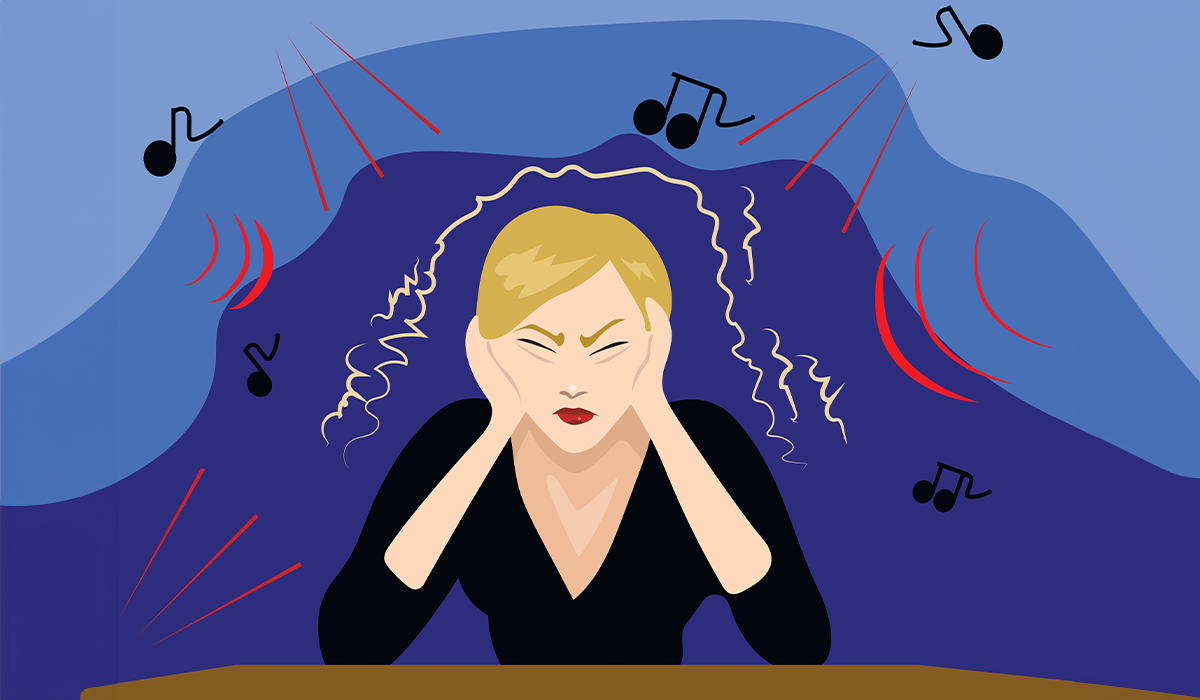
Misophonia is an inappropriately strong reaction to specific sounds. It occurs in many disorders. Learn about the meaning of misophonia… read more »
Post nasal drip refers to an accumulation of mucus in the back of the throat, which results in a cough,… read more »
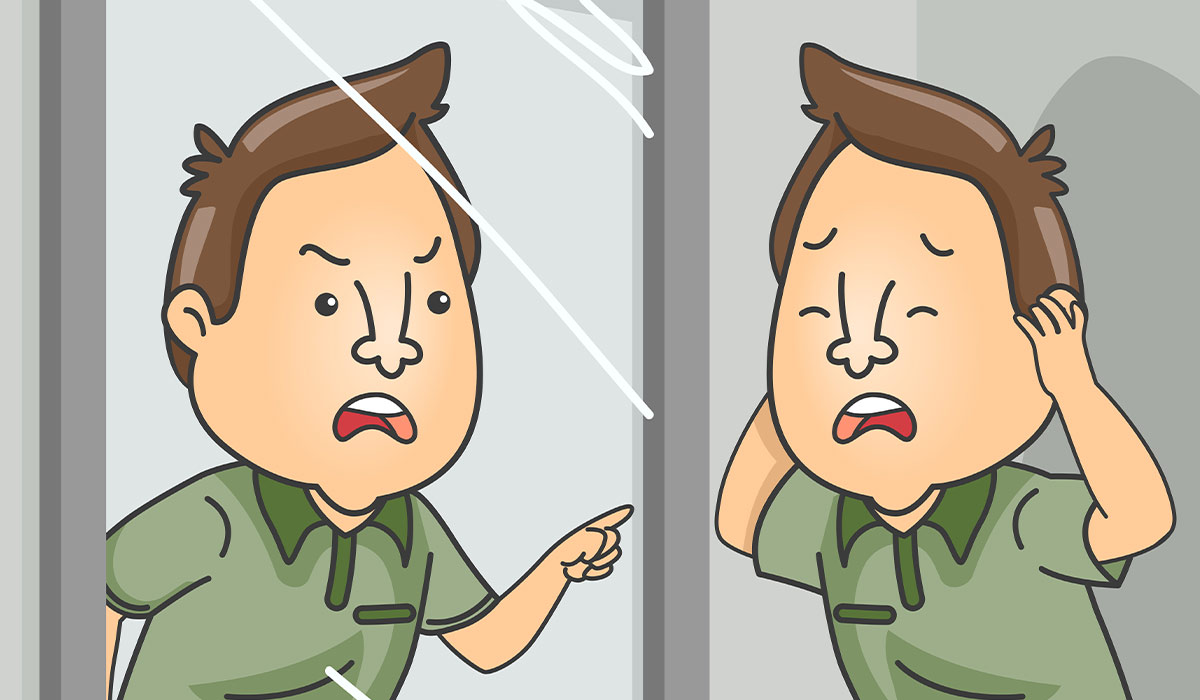
Dissociative identity disorder Ii is characterized by the presence of at least two independent and different personalities in one person.… read more »

Sleep paralysis is a condition in which you experience a feeling of inertia of the entire body. What are the… read more »
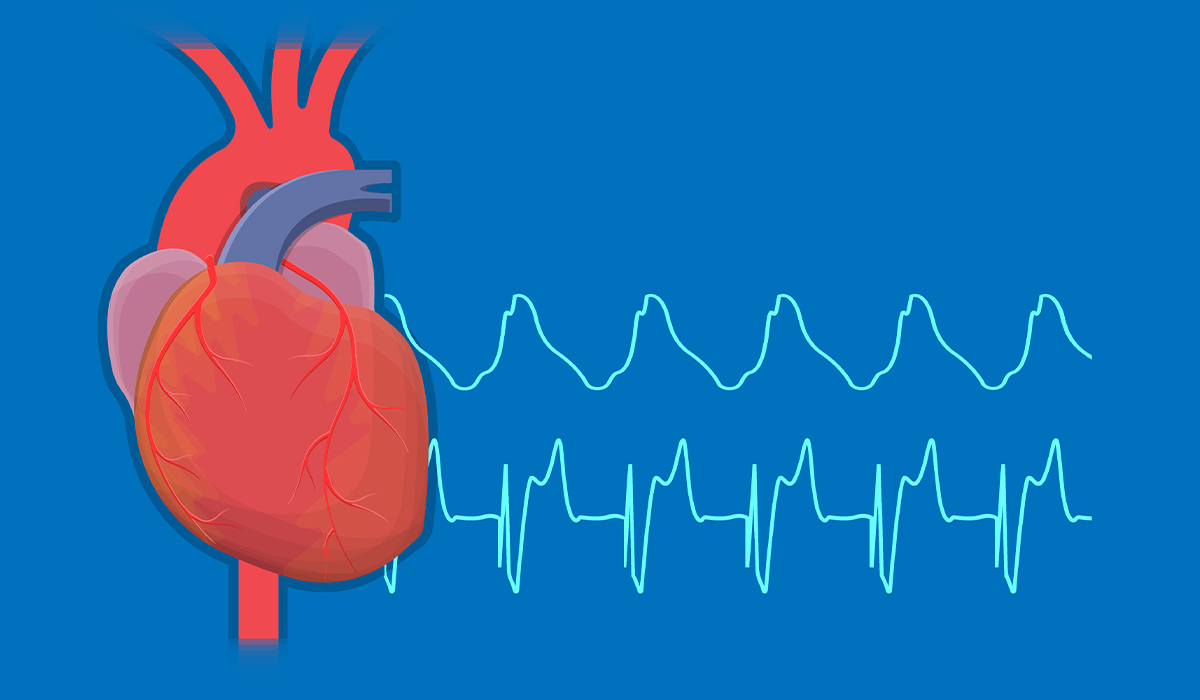
Postural Orthostatic Tachycardia Syndrome is a characteristic of dysautonomia, which has diverse meanings for several diseases that affect the autonomic… read more »

Stress can be defined as the body's response to events that disturb its balance, burden it, or exceed our ability… read more »
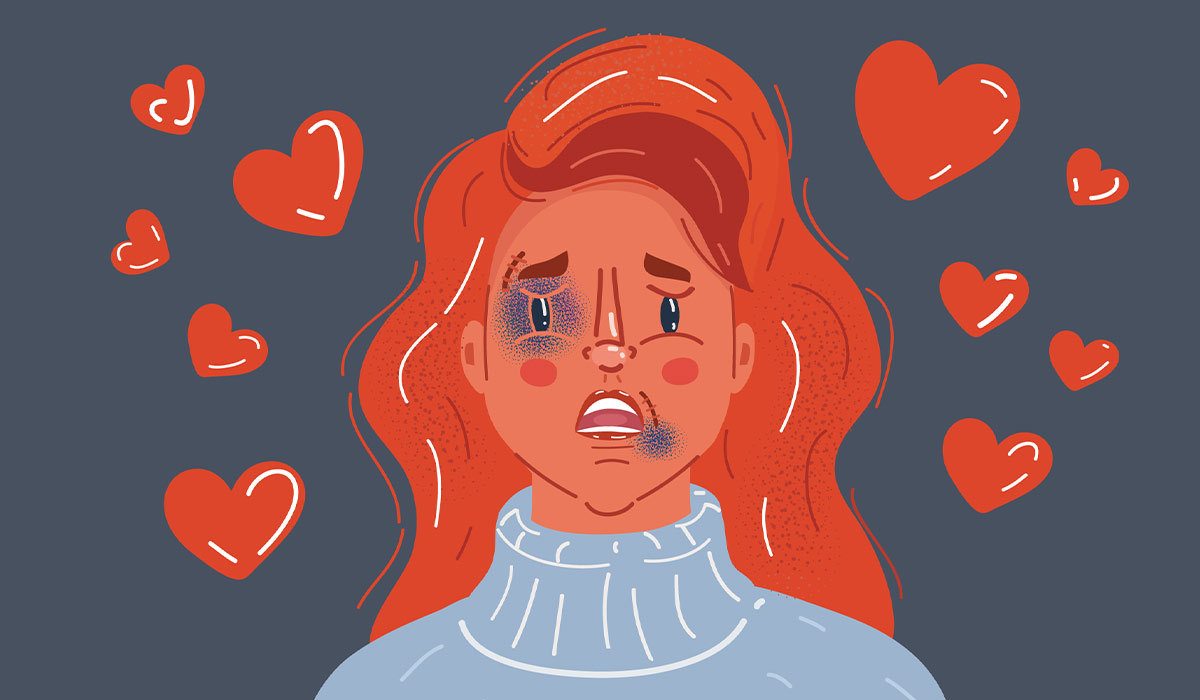
Stockholm syndrome is a phenomenon in which a person who is a victim of violence begins to identify with the… read more »

Bipolar disorder is a mental disorder characterized by the alternation of extremely different mental states – depression and mania. What… read more »

Amnesia is a memory disorder whose symptom is memory gaps. Why does this disorder occur? What is the diagnosis and… read more »